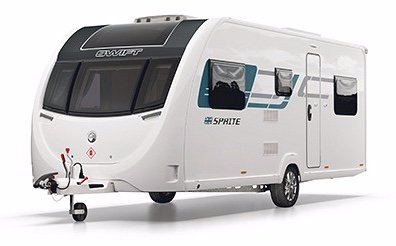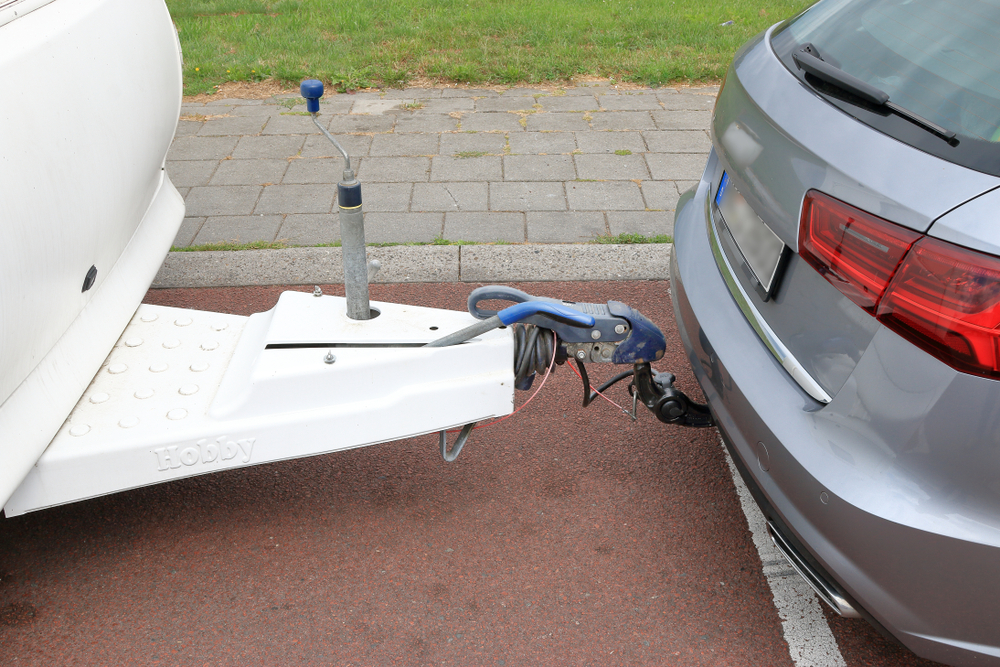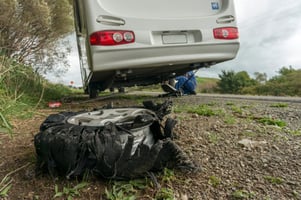Why you should think twice before making changes to your caravan’s interior
If you’re new to towing a caravan or just want to make sure you’re doing things correctly, understanding noseweight is essential. Put simply, the noseweight is the downward force that the caravan’s coupling head exerts on the towball of your towing vehicle - it’s the maximum vertical static load that the towbar can support.
It’s a small but crucial detail that affects the stability and safety of your towing outfit on the road - if there’s too little noseweight your caravan can become unstable, but if there’s too much you risk overloading the rear of your towing vehicle and upsetting its handling, as well as reducing the life span of your car’s rear tyres.

The key to getting the noseweight right is to follow the limits set out by your car’s manufacturer and also your towbar’s specification. As a general rule, aim for a noseweight that’s about 5-7% of the actual laden weight of your caravan, up to the maximum permitted by either the towbar or the car (whichever is lower). You’ll find these figures in your car’s handbook or on the towbar’s specification plate - the figure is usually somewhere between 50-150kg.
To measure the noseweight accurately, put your caravan on level ground, ensuring it is loaded as it would be for travel. Then, using a proper noseweight gauge (or a set of bathroom scales and a piece of wood of the correct height if you haven’t got one) measure the downward force on the hitch. If the reading is too high or too low, adjust how your caravan is loaded. Heavy items should always be kept low and close to the axle, avoiding excess weight at either end.
You can buy noseweight gauges online for anywhere between £15-£40 usually.
There are a few common mistakes to watch out for with noseweight. For instance, where you position your items inside the caravan has a big impact on the noseweight. For example, loading heavy items (like awnings or bottled water) in the front locker will increase the noseweight. Many caravanners overload the front of the caravan in an effort to improve stability, inadvertently exceeding the car’s noseweight limit.

On the flip side, placing too much weight towards the back of the caravan can cause the caravan to snake when at speed. Also bear in mind that gas bottles, spare wheels and heavy kitchenware all contribute to the noseweight. It’s not just about the big items, as the combined effect of smaller ones can quickly add up.
Remember that you should always check your noseweight before setting off on each trip, and also when you change your car or get a new caravan.
.jpg?width=1000&height=667&name=shutterstock_183176570%20(1).jpg)
Getting your noseweight right might seem like a faff, but it does play a big part in keeping your towing experience safe and stress-free. Not only will it reduce the risk of swaying or tilting, it’ll also help your towing vehicle perform better when braking and accelerating.
With a bit of thought about noseweight, and regular checks, you’ll be well on your way to a smooth journey.







